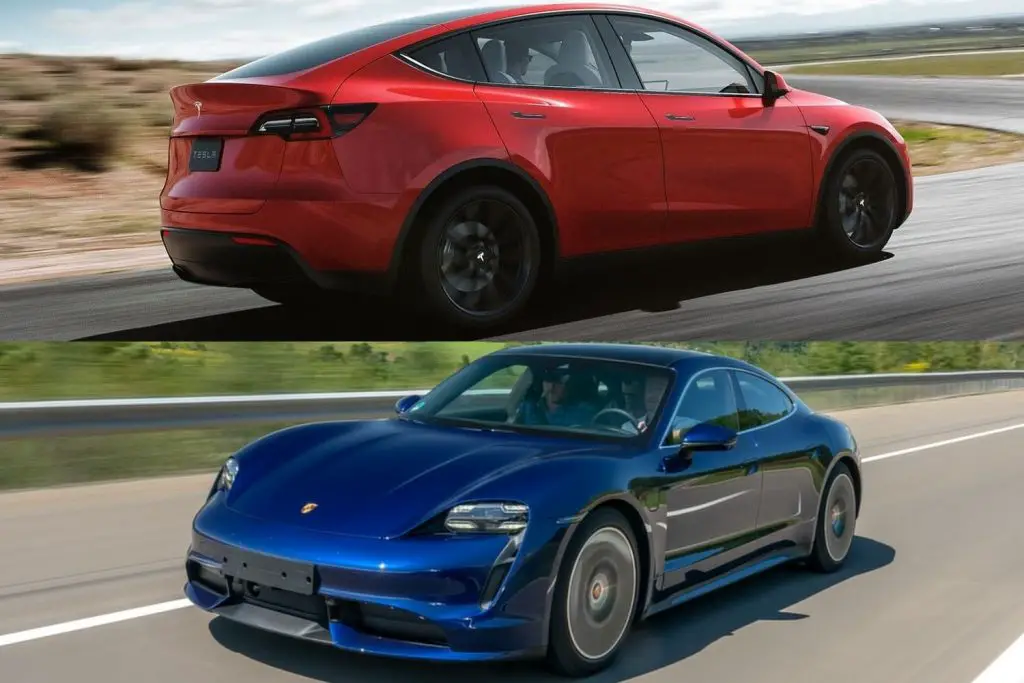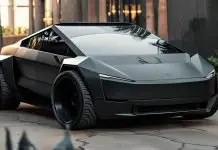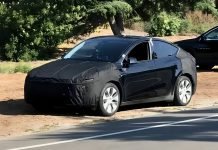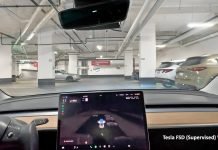The electric vehicle talk is largely dominated by the talk of battery. Battery capacity, battery life, and vehicular range are some of the most important points being discussed. Even during the launch of new cars, companies tend to boast about the single-charge range. EPA testing of the cars, hence, has become one of the most essential factors. But what is the truth behind these figures? Are these results trustworthy? Let’s look a little deeper into it.

EPA Testing vs Real-life Testing – Which Is More Accurate?
EPA Testing
EPA tests are one of the most common tests used for estimating the range of an electric vehicle. The EPA test consists of two different types of testing methods – two-cycle method and five-cycle method. The two-cycle method tests the vehicle in city-driving and highway-driving conditions only. This was the basis of testing for all vehicles before 2007. Since 2008, three more tests have been added to this.
These three tests are a high-speed test, air conditioning test, and cold temperature test. The high-speed test comprises of highway and city driving at higher speeds with more aggressive acceleration and braking. The air conditioning test accounts for the usage of air conditioning while driving under hot atmospheric conditions. The cold temperature test evaluated the performance of the vehicle under colder conditions, combined with cold-starts in stop-and-go traffic.
One of the problems of the EPA tests is that they are carried out in a lab. While they do try to simulate various conditions in the five-cycle method, it is impossible to simulate each and every condition from the real world.
Companies can opt for either of the two methods – two-cycle method or five-cycle method. The results of the tests through the two methods can vary significantly though. Companies like Porsche opt for the two-cycle method, as it tends to less costly when a bulk of vehicles is considered. Tesla, however, chooses the five-cycle method, which gives a more extensive estimation of the range.
Difference between EPA Test and Real-World Driving
Edmunds is a trusted used-car advisor, and they recently carried out a number of tests on electric vehicles. Specifically, they pitted the Tesla Model Y against the Porsche Taycan 4S solely from the point of view of the range.
Edmunds designed its own real-world range estimation test, based on its experience with numerous electric vehicles. They put the Taycan 4S and the Model Y to this test. The difference in Edmunds’ results and EPA’s results were staggering.
The Taycan 4S has an EPA estimate of just 203 miles (327 km), but according to Edmunds, this figure can go as high as 323 miles (520 km). The Edmunds’ test also saw a better energy consumption of 32.3 kWh/100 miles, as compared to EPA’s 49 kWh/100 miles. On the other hand, Edmunds got an entirely opposite result for Model Y. EPA had estimated the Model Y Performance’s range as 291 miles (468 km), but Edmunds found the figure to be 253 miles (409 km). So why did the range in the Tesla Model Y reduce in the real-world test, while that of the Porsche Taycan increased for the same?
Factors Affecting Real-World Estimates
1. Testing Variances
Porsche had opted for the two-cycle test, which saves preparation time and cost. This route, however, reduces their potential range estimation by close to 30%, which is substantial. Tesla, on the other hand, uses the five-cycle test, which does not affect the real-world numbers as much.
2. Alternative Driving Modes not tested
Porsche has a mode named Range, which increases the efficiency of the vehicle without significantly affecting performance. This mode, however, is not the default option, and so, it was not tested during the EPA tests. In the real world, though, this is not the case, as most of the drivers opt for the energy-saving mode.
3. Regenerative Braking strength
A similar thing is seen in the regenerative braking settings. Porsche has its default braking setting as low, which means that when you let go of the throttle, the car will just coast off. Tesla, however, has its default setting as high. So, when the throttle is released, it started braking the car aggressively and harvests the energy.
However, Tesla also has low-strength regenerative braking, just like Porsche has a high-strength braking mode, both of which are not the default setting. These modes do not get tested in the ETA tests, which significantly affects the figures.
4. Maximum Battery Usage
Porsche has very strict restrictions on maximum battery usage, and it prohibits cars from being charged more than 90%. This is from a safety perspective, as overcharging can deteriorate the battery cells. Tesla has no such restriction – they leave it up to the customers. According to Edmunds, the range of the Model Y increases by almost 25 miles (40 km) by charging it from 90% to 100%, something that rarely occurs in real life. The charging rate reduces significantly after crossing the 80% mark roughly, so most people unplug their cars after this.
Our Opinion
ETA test results are some of the most significant figures that are considered while evaluating an electric car. We had reported the difference between the range of Porsche Taycan and Tesla Model S a few months ago. At that time, we mentioned that experts have called the Taycan “a Porsche for EVs” – exciting to drive for short durations, but not good for long drives. But this evaluation by Edmunds has proven that the EPA results cannot be trusted blindly. It is important to understand the conditions under which the cars were tested. It is also essential for customers to understand the difference in real-world range and ETA-tested range. In short, you need to do a bit of research before buying your next electric vehicle.


















